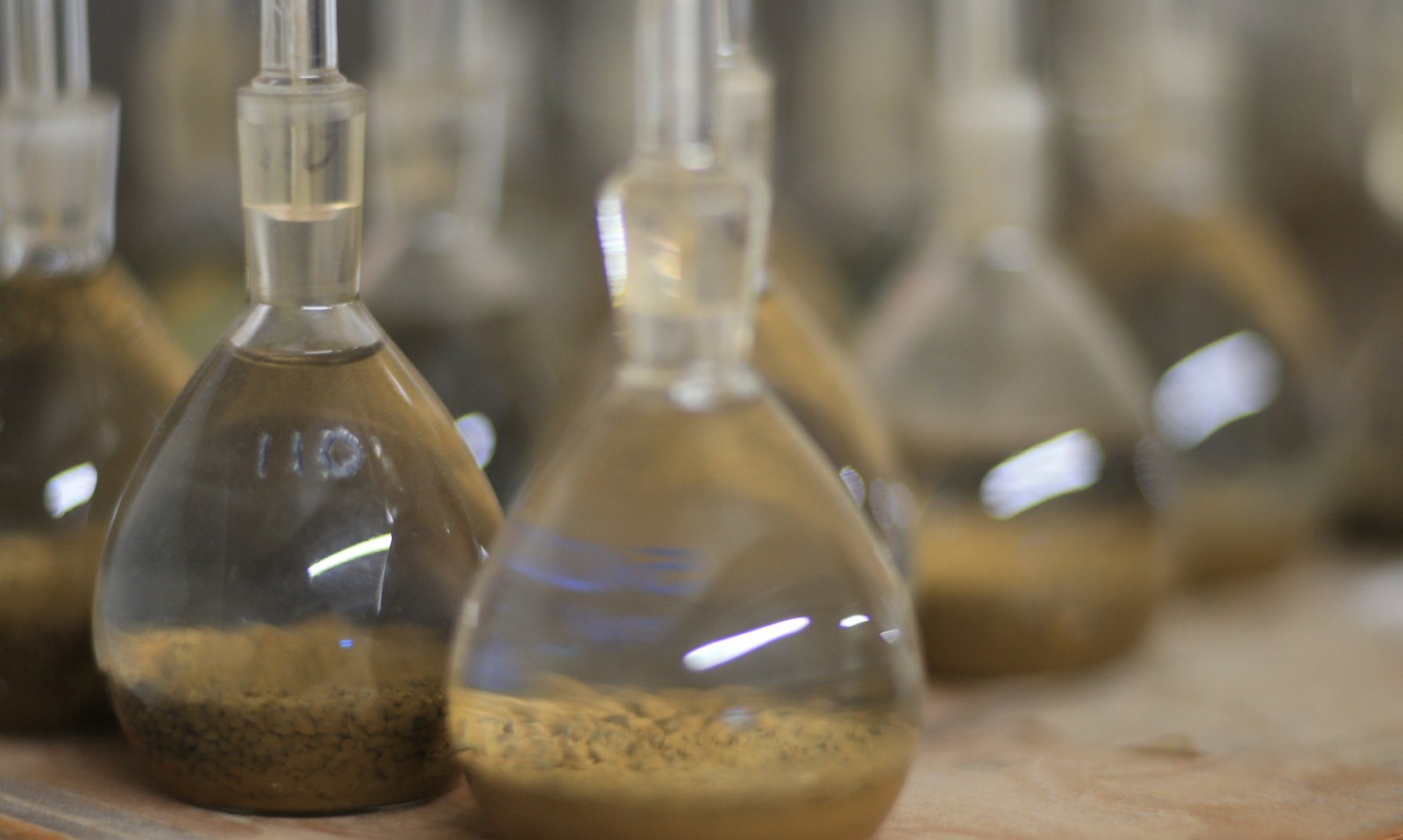
Soil Classification
Soil classification is an important part of geotechnical engineering. It allows engineers to understand the properties of soil and how it will behave under different conditions. This information is essential for designing safe and reliable foundations, roads, and other structures.
GEOTECHNICAL SOIL ANALYSIS
Igne offers a comprehensive suite of geotechnical soil analysis services – on site and in the laboratory, including soil classification. Our experienced technicians use a variety of test methods to determine the grain size distribution, plasticity, and other properties of soil samples.
Our soil classification services are used by a wide range of professionals, including:
Civil engineers, who design and build infrastructure projects such as roads, bridges, and buildings find soil classification is essential for ensuring that their designs are safe and reliable.
Geotechnical engineers who specialise in the study and analysis of soil use our classification information to design foundations, retaining walls, and other structures that interact with the ground.
Environmental engineers work to protect the environment and human health. They use soil classification information to assess the risk of soil contamination and to design remediation systems.
Agronomists are scientists who study the production of crops. They use soil classification information to determine the best crops to plant in a particular area and to develop soil management practices that improve crop yields.
Foresters who manage forests for timber production, wildlife habitat, and recreation use soil classification information to determine the best trees to plant in a particular area and to develop forest management practices that protect soil health.
If you are unsure whether or not you need soil classification services, please contact Igne. We can help you to determine if soil classification is right for your project.
Let’s examine the soil classification services we provide:
Atterberg Limits
The Atterberg limits test is carried out to determine the liquid limits and plastic limits of a fine soil. The result is used to work out the plasticity index of the fines and the material can be classified. The fines proportion can be distinguished between either silts or clays and the level of plasticity can be determined.
Clay soil changes consistency and behaviour depending on its moisture content. The test can be used to determine the boundary at which the change in behaviour (and state) takes place.
Particle Density
The particle density is the test carried out to measure the density of the soil particles alone.
Particle density is important as it enables us to determine the air voids relationship of a compacted soil. It is also used to calculate the porosity of a soil where the bulk density is known.
Particle Size Distribution
Particle Size Distribution or PSD is a test designed to classify soils into a specific grading band and this is needed as the grading of the soil will determine the overall characteristics of the soil.
It is usually split into two parts – sieving and sedimentation.
Our experienced engineers use state-of-the-art equipment and procedures to ensure that our results are accurate and reliable.
Frequently Asked Questions
Q: Why is soil classification important?
A: Soil classification is important for designing safe and reliable foundations, roads, and other structures. It also helps engineers to avoid costly construction failures.
Q: What are the benefits of using Igne's soil classification services?
A: Igne offers a comprehensive suite of soil classification services, using state-of-the-art equipment and procedures. Our experienced engineers will provide you with accurate and reliable results that you can trust.
For more information about soil classification, contact Igne today
Email: hello@igne.comCall: 0371 789 1000

